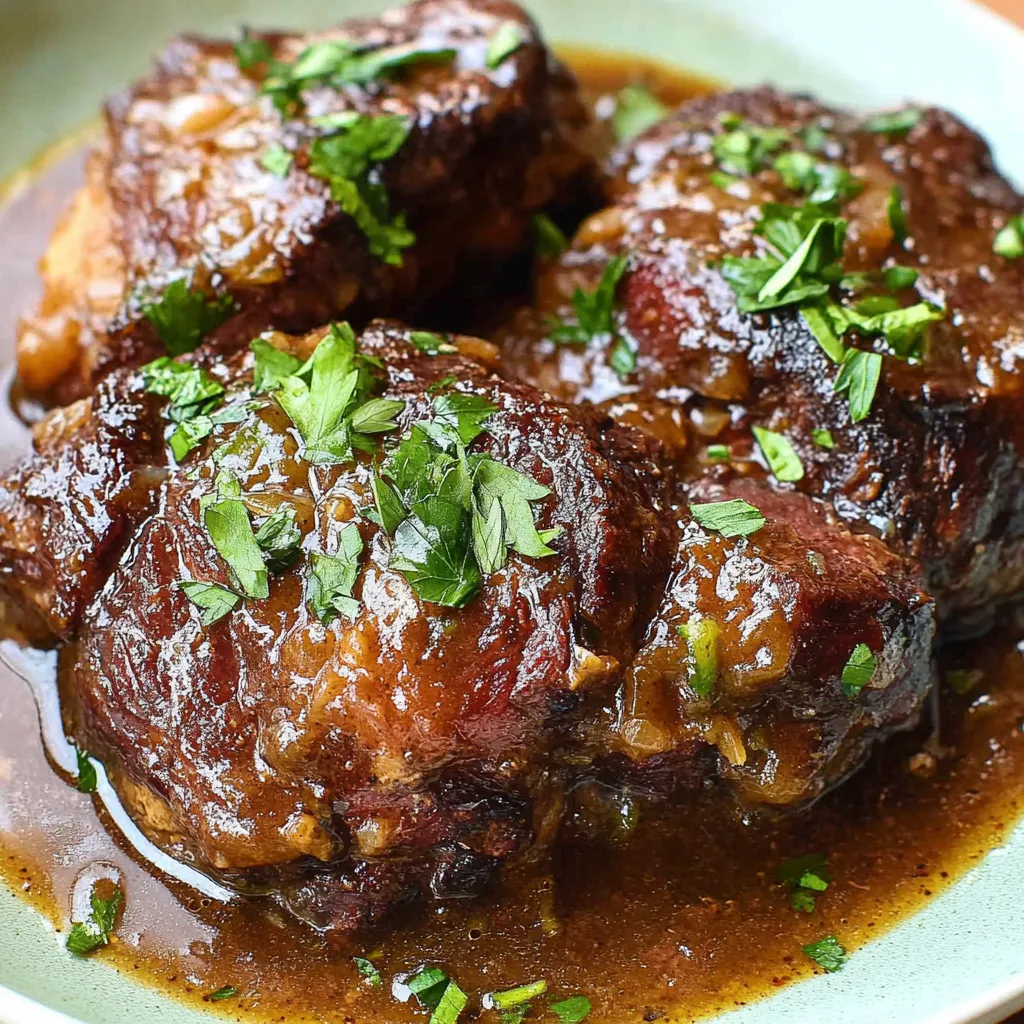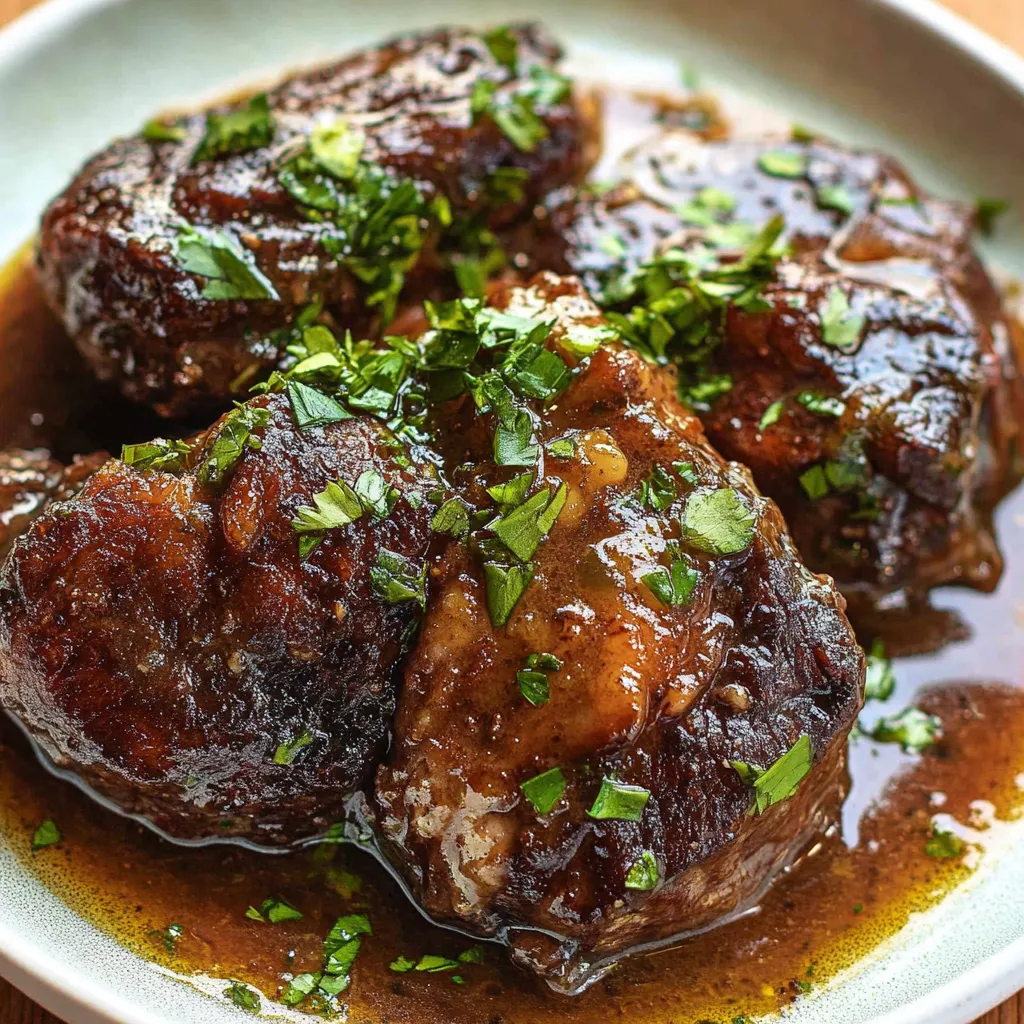 Pin it
Pin it
When it comes to transforming tough beef cheeks into melt-in-your-mouth perfection, slow cooking is your secret weapon. This prized cut, though often overlooked, holds a special place in traditional cooking across many cultures. Whether you're exploring beef cheek barbacoa, classic braised dishes, or smoked beef cheek meat, the key lies in patient, slow cooking that breaks down the tough muscle fibers into something extraordinarily tender. As someone who's spent years perfecting various beef cheeks recipes, I can tell you that this cut rewards patience with incredibly rich, deep flavors that you simply can't get from other cuts. The magic happens when you give these tough muscles time to surrender their resistance, resulting in meat so tender it practically melts on your tongue. While it might require a bit more cooking time, beef cheek meat delivers an unmatched dining experience that will make you forget all about traditional premium cuts.
What is Beef Cheek Meat?
Beef cheek meat comes from the facial muscles of cattle, a hardworking muscle that gets constant use throughout the animal's life. This continuous movement makes the meat naturally tough but also incredibly flavorful. While cooking beef cheeks in a slow cooker is the most popular method, these versatile cuts can be transformed through various cooking techniques. The high amount of connective tissue in beef cheeks breaks down during long, slow cooking, creating a rich, gelatinous sauce and meat that falls apart with just a fork. Understanding what makes this cut unique is key to how to cook beef cheek meat successfully.
I discovered the magic of beef cheeks recipes when exploring lesser-known cuts at my local butcher. What started as curiosity about how to cook beef cheek meat turned into a love affair with this versatile cut. Even my family, initially skeptical of trying something new, now requests it regularly.
Essential Ingredients Guide
- Fresh beef cheeks: look for well-trimmed, evenly sized pieces
- Simple seasonings: that enhance the meat's natural richness
- Aromatics like onion and garlic: add depth
- Spices: for beef cheek barbacoa style or traditional braising
- Fresh herbs: for finishing
Detailed Cooking Instructions
- Step 1: Preparing the Beef Cheeks
- Pat meat dry thoroughly
- Season generously with spices
- Layer carefully in slow cooker
- Step 2: The Slow Cooking Process
- Set temperature to low
- Cook for 8 full hours
- Avoid lifting the lid
- Step 3: Creating the Sauce
- Use natural cooking juices
- Thicken if desired
- Season to taste
- Step 4: Final Steps
- Check tenderness
- Let rest before serving
- Spoon sauce over meat
 Pin it
Pin it
Whether you're making traditional braised beef cheeks or experimenting with smoked beef cheek meat, the key lies in giving them time to become tender. I've learned that rushing this cut only leads to disappointment.
Storage and Reheating
The beauty of cooking beef cheeks in a slow cooker is that they often taste better the next day. Store in an airtight container with their cooking liquid for up to 3 days, or freeze for up to 3 months.
 Pin it
Pin it
Best Practices for Storage
When storing beef cheeks, always keep them submerged in their cooking liquid to maintain moisture and prevent them from drying out. If you're planning to freeze portions, divide them into meal-sized servings before freezing. This makes it easier to thaw only what you need. For best results, use freezer-safe containers or vacuum-sealed bags to prevent freezer burn. The gelatinous nature of the cooking liquid helps protect the meat during freezing, preserving both texture and flavor.
Reheating for Best Results
The key to reheating beef cheeks is to do it slowly and gently to maintain their tender texture. The best method is to place them in a covered pan over low heat, adding a splash of beef broth or water if needed. Stir occasionally and heat until just warmed through - overheating can make the meat tough. If using a microwave, heat in short intervals at 50% power, stirring between each interval. This gentle reheating process helps preserve the meat's succulent texture and prevents the sauce from breaking.
Conclusion
Beef cheek meat might require a bit more patience than your typical cut, but the results are worth every minute. Whether you're new to cooking beef cheeks or a seasoned pro, this recipe delivers restaurant-quality results right in your own kitchen. Remember, the key to success lies in taking your time and letting the meat tell you when it's ready. The result? Incredibly tender, flavorful meat that will have everyone asking for seconds.
Frequently Asked Questions
- → How do I cook beef cheek meat?
- Season beef cheek meat with spices, place in slow cooker, and cook on LOW for 8 hours until tender. No liquid needed.
- → What makes beef cheek meat tender?
- Slow cooking breaks down the tough muscle fibers in beef cheek meat, making it melt-in-your-mouth tender.
- → How much beef cheek meat per person?
- Plan for 6 ounces of cooked beef cheek meat per person, or one cheek which is typically 12 ounces raw.
- → Can I store leftover beef cheek meat?
- Store cooked beef cheek meat in an airtight container for 3-4 days in the fridge. Reheat gently in microwave.
- → Why is my beef cheek meat tough?
- Beef cheek meat needs long, slow cooking to become tender. If tough, cook longer until it's fork-tender.
